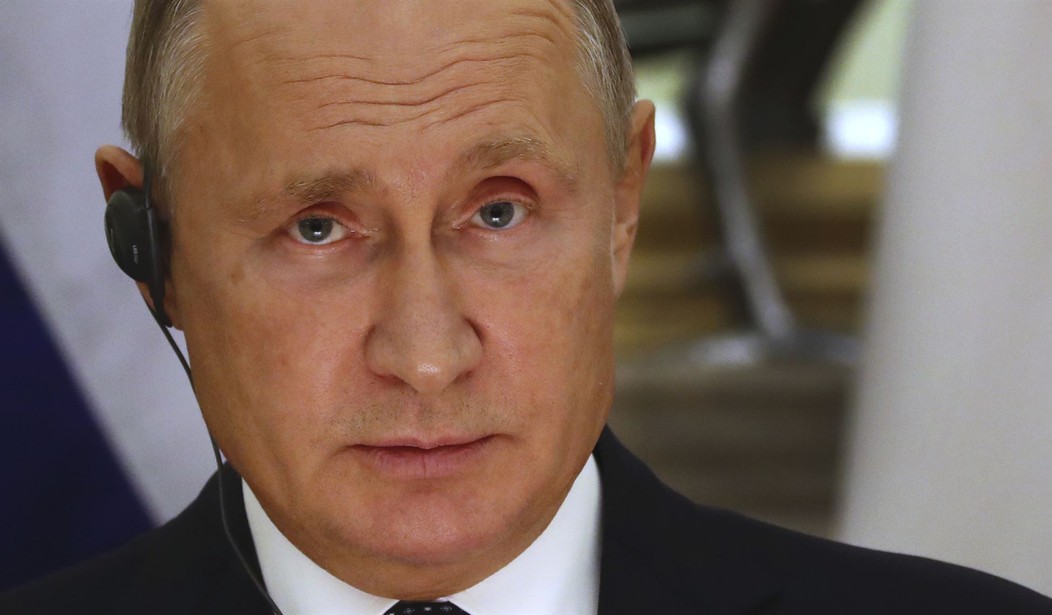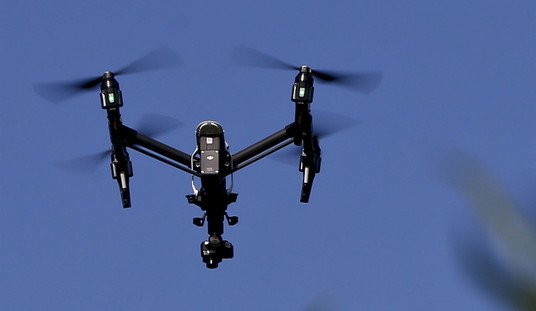Russia's relentless and corrosive war in eastern Ukraine's Donbass region continues. To the media savvy Kremlin's delight, its dirty little war of pinprick savagery has managed to sink below major media headline radar.
In concept, the pinpricks will eventually bleed Ukraine to the point of capitulation. However, as the going price for a barrel of oil dips below $60, the loss of petro-cash impedes this particular Muscovite imperial ambition.
But before addressing the Kremlin's more grandiose goals, let's briefly sample the last three weeks of small-scale hell in eastern Ukraine.
On Nov. 19, Ukrainian media reported Kremlin-sponsored forces conducted 16 attacks on Ukrainian troops in eastern Ukraine. There were no Ukrainian casualties. However, Ukrainian intelligence claimed pro-Kremlin fighters suffered three dead and four wounded. Minor casualties? Yes. Remember, this is one 24 hours period.
Track back four days. A similar outburst occurred on Nov. 15. In a dozen or so attacks, one Ukrainian soldier was wounded. Intel sources claimed three "occupiers" were killed and three wounded. One Ukrainian Army soldier was injured. The fighting centered on the towns of Shchastya and Krasnohorivka.
Note that "occupiers" has become the Ukrainian description of what Kremlin propagandists call "Ukrainian separatists." Moscow and Kiev are engaged in bitter narrative warfare. Narrative warfare isn't small scale. Narrative warfare is global, waged on the internet, on social media, on television, in newspapers. Advocates of any so-called "political solution" in eastern Ukraine must heed the narrative warfare global struggle. That said, practical diplomats know that until ballots can separate separatist from occupier, bullets will continue to fly.
Recommended
More recent small scale: On Nov. 6, seven pinprick attacks occurred in the Donbass. One Ukrainian soldier was killed. Over the two-day period of Nov. 2-3, 22 attacks occurred in eastern Ukraine, with no reported casualties.
The dearth of reported casualties is why major media do not write headlines ("if it bleeds it leads") and why some commentators occasionally refer to such attacks with the more anodyne term "armed incidents."
Moscow smiles on terms like that because they provide additional narrative deniability. Separatists involved in armed incidents? So what? There are no Kremlin fingerprints -- according to the Kremlin.
Blarney. Eastern Ukraine has far too many cellphones. Sometimes a major media outlet notices. U.S. News and World Report recently quoted Ukrainian Defense Minister Pavlo Klimkin as saying Russian forces have 5,000 fighters in the Donbass.
The Donbass isn't the only front that could escalate. There's the Sea of Azov. Oh, is the geography too obscure? The geography you don't know could still kill you when a nuclear power is involved, and Russia is still a nuclear power.
The Sea of Azov is a nook of the Black Sea lurking east and north of the Crimean Peninsula -- the peninsula Russia invaded and annexed in 2014.
Recall the hideous background. Moscow's Crimean caper shattered the 1994 Budapest Memorandum in which Russia guaranteed Ukrainian territorial sovereignty in exchange for Ukraine's nuclear weapons. That agreement helped stabilize post-Cold War Eastern Europe.
For the first time since WWII, military aggression in Europe by a major power (Russia) led to territorial expansion. In Europe, the legacy of major power aggression and annexation is mass slaughter and, in the 20th century, global war.
This is why people on this planet who are seriously interested in securing peace cannot ignore Russia's 21st-century pinprick war in the Donbass.
In the last few months, the Kremlin has closed the Kerch Strait, which connects the Sea of Azov to the Black Sea. As a result, the Ukrainian seaports of Berdyansk and Mariupol are blockaded.
Denying commercial shipping access to these ports is an economic attack on Ukraine. Like the pinprick attacks in the Donbass, the blockade drains Ukraine.
Since 2016, the Donbass frontline has barely moved. Russia's utter disregard for the Budapest Memorandum thoroughly rejected nuclear disarmament advocates who argue that multilateral treaties provide security.
It is high time NATO made certain Russia's pinprick war in the Donbass ends in defeat.
























Join the conversation as a VIP Member